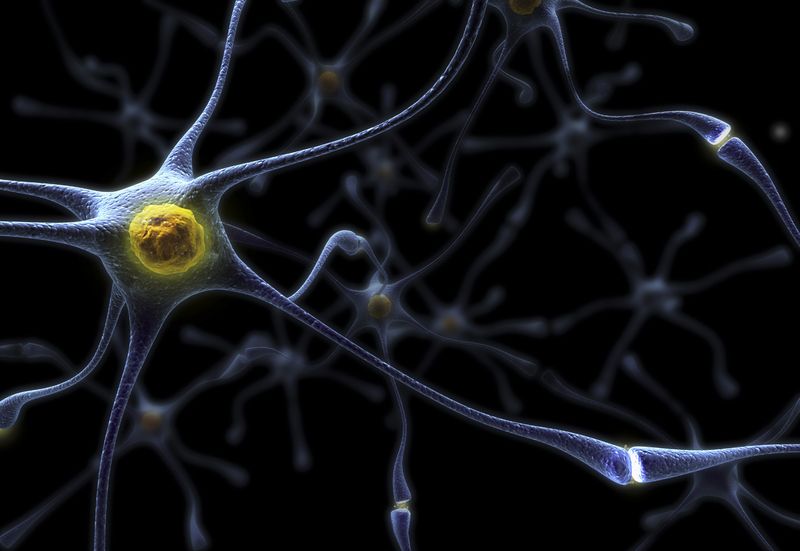4 Hurdles to Making a Digital Human Brain

NEW YORK — Futurists warn of a technological singularity on the not-too-distant horizon when artificial intelligence will equal and eventually surpass human intelligence. But before engineers can make a machine that truly mimics a human mind, scientists still have a long way to go in modeling the brain's 100 billion neurons and their 100 trillion connections.
Already in Europe, neuroscientist Henry Markram and his team established the controversial but ambitious Human Brain Project that's seeking to build a virtual brain from scratch. Earlier this year, U.S. President Barack Obama announced that millions of federal dollars will be put toward efforts to map the brain's activity through the Brain Research through Advancing Innovative Neurotechnologies, or BRAIN, Initiative.
Friday night (May 31), a panel of experts at the World Science Festival here in New York parsed through challenges such undertakings pose for science and technology. The following are four of the hurdles to making a digital brain discussed during the session "Architects of the Mind: A Blueprint for the Human Brain." [10 Surprising Facts About the Human Brain]
1. The brain isn't a computer
Perhaps scientists could build computers that are like brains, but brains don't run like computers. Humans have a tendency to compare the brain to the most advanced machinery of the day, said developmental neurobiologist Douglas Fields, of the National Institute of Child Health and Human Development. Though our best analogy is a computer right now, "it's humbling to realize the brain may not work like that at all," Fields added.
The brain, in part, communicates through electrical impulses, but it's a biological organ made of billions of cells, and cells are essentially just "bags of seawater," Fields said. The brain has no wires, no digital code and no programs. Even if scientists could aptly use the analogy of computer code, they wouldn't know what language the brain was written in.
2. Scientists need better technology
Sign up for the Live Science daily newsletter now
Get the world’s most fascinating discoveries delivered straight to your inbox.
Kristen Harris, a neuroscientist at the University of Texas at Austin, slipped into a computer analogy herself, saying that researchers tend to think a single brain cell has the equivalent power of a laptop. That's just one way of illustrating the daunting complexity of the processes at work in each individual cell.
Scientists have been able to look at the connections between individual neurons in amazing detail, but only by way of a painstaking process. They finely slice neural tissue, scan hundreds of those slices under an electron microscope, and then put those slices back together again in a computer reconstruction, explained Murray Shanahan, a professor of cognitive robotics at Imperial College London. [Image Gallery: Slicing Through the Brain]
To repeat that process for an entire brain would take lifetimes using current technology. And to get an idea of the average brain, scientists would have to compare these trillions of connections across many different brains.
"The big challenge is giving me — the scientist — the tools to do that analysis at a faster level," Harris said. She added that physicists and engineers might be able to help scientists scale up, and she is hopeful the BRAIN initiative will spur such collaboration.
3. It's not all about neurons
Even if newer machines could efficiently map all of the trillions of neuron connections in the brain, scientists would still have to decipher what all of those links mean for human consciousness and behavior.
What's more, neurons only make up 15 percent of the cells in the brain, Fields said. The other cells are called glia, which is the Greek word for "glue." It was long thought that these cells provided structural and nutritional support for the neurons, but Fields said glia might be involved in vital background communication in the brain that's neither electric nor synaptic.
Scientists have detected changes in glial cells in patients with amyotrophic lateral sclerosis (ALS), epilepsy and Parkinson's disease, Fields said. A 2011 study found abnormalities in glial cells known as astrocytes in the brains of depressed people who had committed suicide. Fields also pointed out the neurons in Einstein's brain were not remarkable, but his glial cells were bigger and more complicated than those found in an average brain.
4. The brain is part of a bigger body
The brain is constantly responding to input from the rest of the body. Studying the brain in an isolated way inherently ignores the signals coming in through those pathways, warned Gregory Wheeler, a logician, philosopher and computer scientist at Carnegie Mellon University.
"Brains evolved in order to make the body move around in the world," Wheeler said. Instead of modeling the brain in a disembodied way, scientists should put it in a body — a robot body, that is.
There are already some examples of the kind of machine Wheeler has in mind. He showed the audience a video of Shrewbot, a robot modeled after the Etruscan pygmy shrew created by researchers at the Bristol Robotics Lab in the United Kingdom. The signals coming in from the robot's sensitive "whiskers" influence its next moves.
Follow Megan Gannon on Twitter and Google+. Follow us @livescience, Facebook & Google+. Original article on Live Science.













